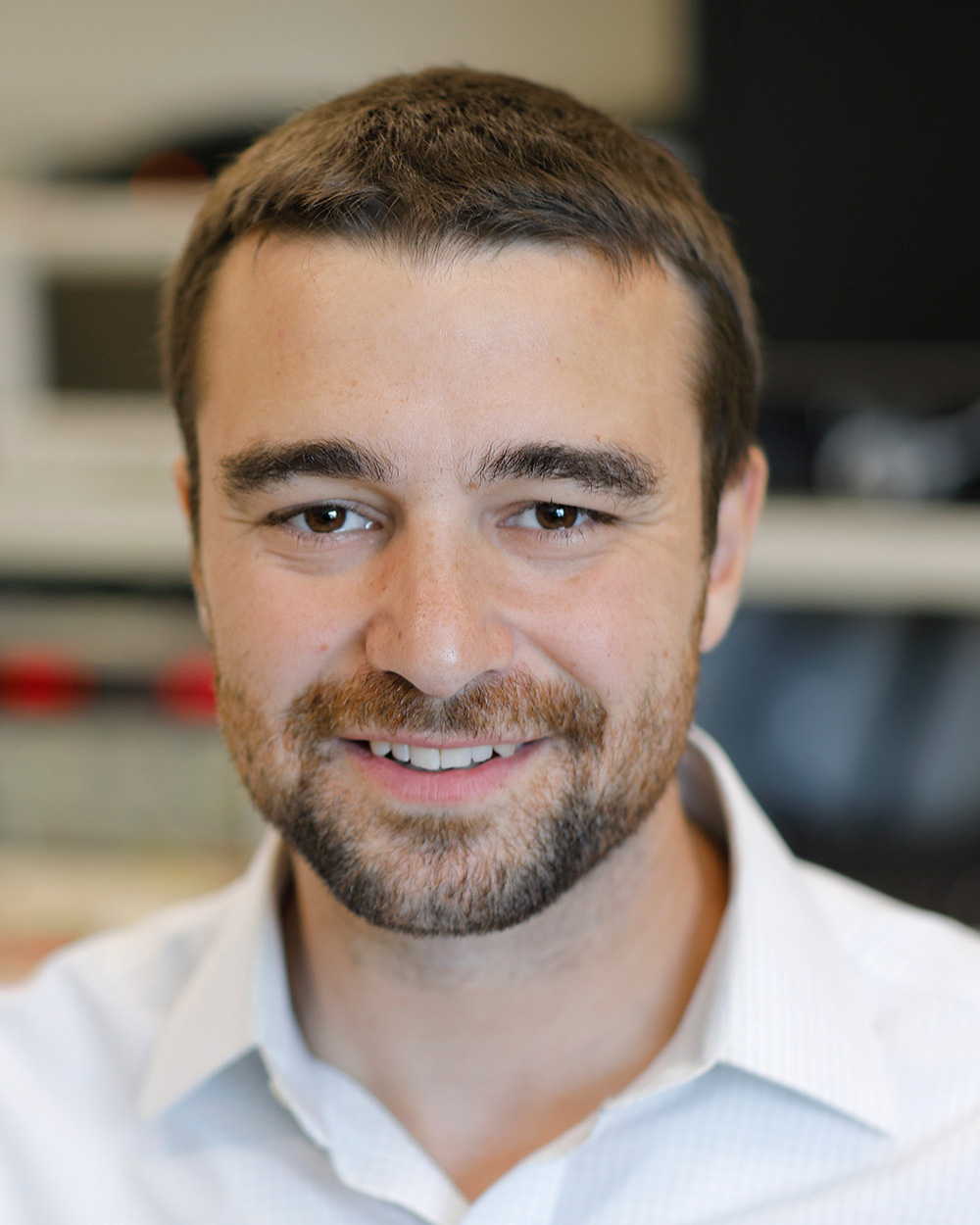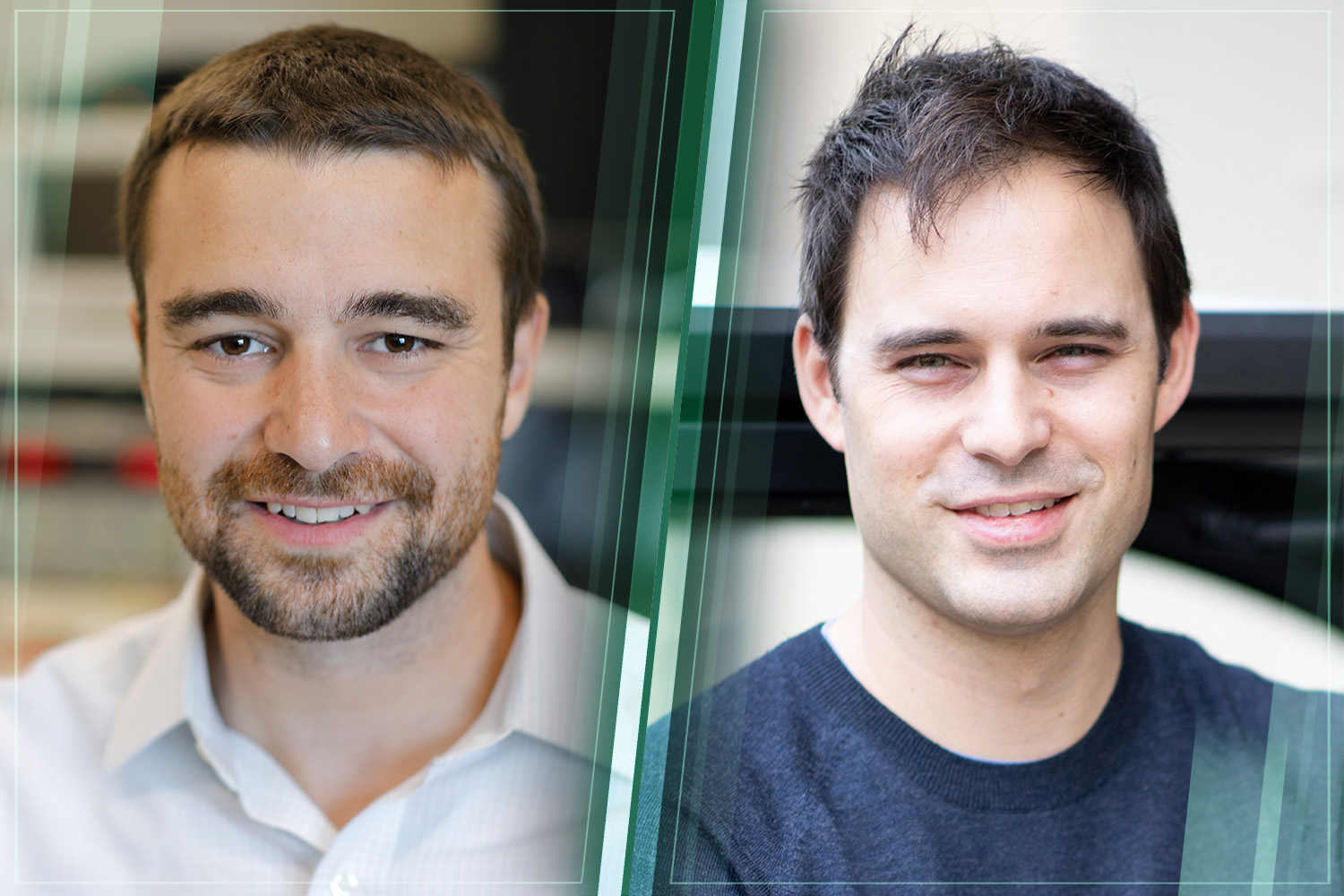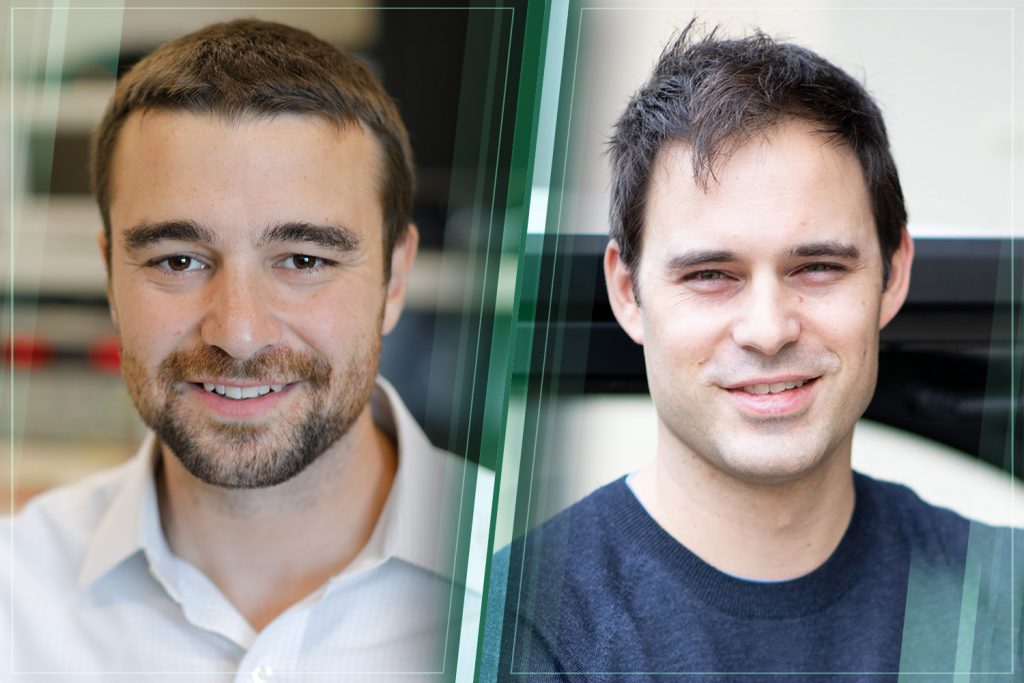Two University of Texas at Dallas professors in the Erik Jonsson School of Engineering and Computer Science have earned Faculty Early Career Development Program (CAREER) awards from the National Science Foundation (NSF) to support artificial intelligence (AI) and cybersecurity research.
Dr. Joseph S. Friedman, assistant professor of electrical and computer engineering, will receive about $500,000 over five years to develop AI hardware that leverages electron spin in efficient circuits that learn autonomously. Dr. Justin Ruths, assistant professor of mechanical engineering, has received about $500,000 for a five-year project to strengthen the security of automation and control systems.
Both faculty members joined UT Dallas in 2016. NSF CAREER grants are the agency’s most prestigious award for early-career faculty who exemplify the role of teacher-scholars and are likely to become leaders in their fields.
Artificial Intelligence

Friedman’s research focuses on an area called neuromorphic computing, which aims to create AI computing systems that mimic the functionality and structure of the human brain.
Current AI systems are programmed based on a set of training data but do not have the ability to autonomously learn during the course of their operation.
By mimicking brain functionality with spintronic circuits (based on electron spin in addition to electron charge), autonomous AI hardware systems can be developed that continually learn from their experiences in an energy-efficient manner.
“The point is that we want to have a computer that is more like the human brain; the hardware architecture is going to function more similarly to the way that the brain processes information,” said Friedman, who directs the interdisciplinary NeuroSpinCompute research laboratory.
Cyberphysical Security

Ruths’ award supports research to develop detectors that recognize, deter and mitigate cyberattacks that aim to disrupt the computer-based controllers that regulate and monitor physical processes in critical infrastructure, such as power plants, petrochemical refineries and water treatment plants. He focuses on developing techniques to leverage the physics of these systems to detect the presence of attacks that manipulate measurement data in the cyber layer. The method involves building predictions about how a system should behave and creating an alert system when measurements fail to match those expectations.
“If you can make a good prediction, then you can ask, ‘Is my observation roughly equivalent to my prediction?’ The research becomes interesting — and challenging — when we don’t know enough to make a good prediction. Our ongoing work is to devise ways to use even poor-quality models to detect anomalies,” Ruths said.

